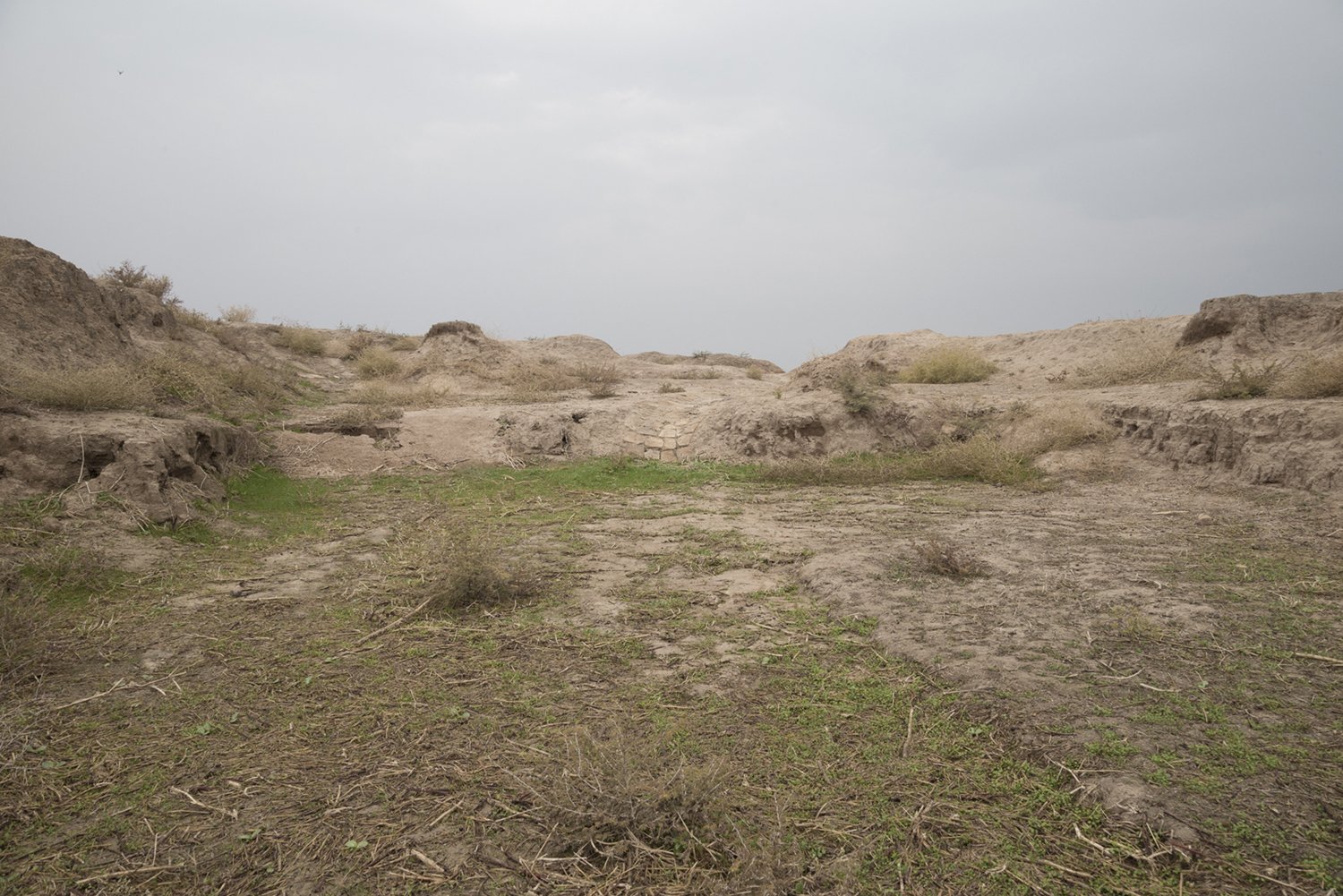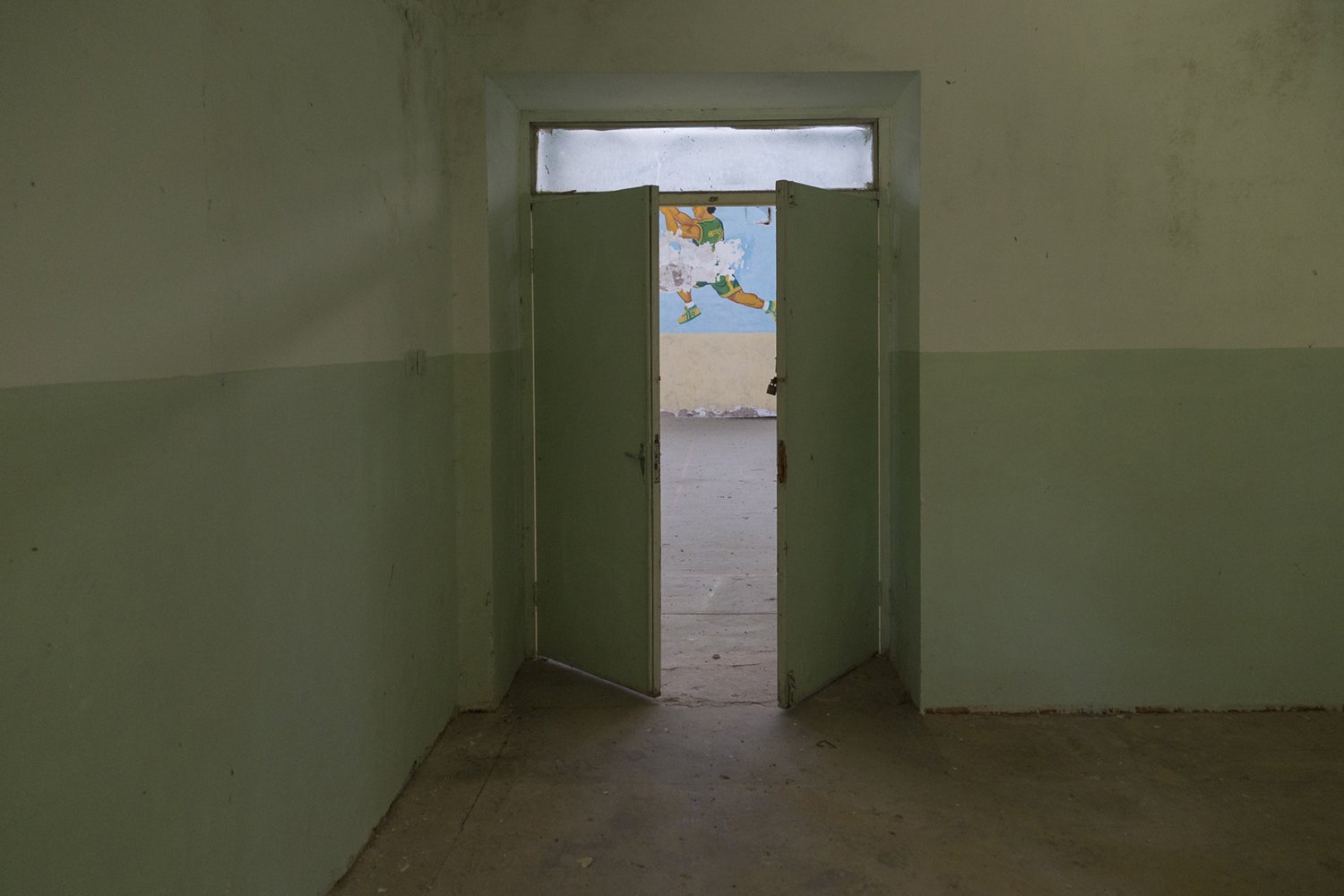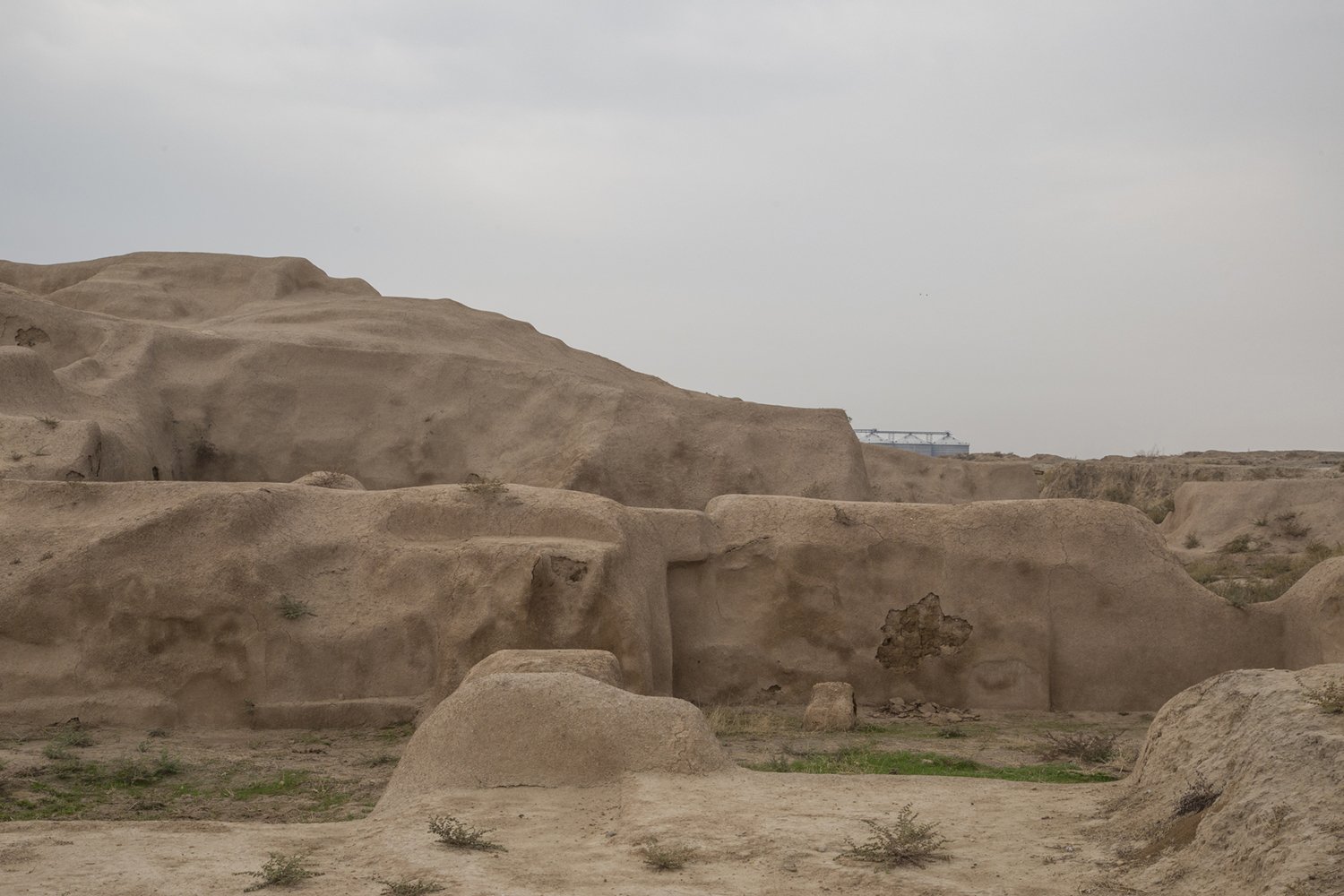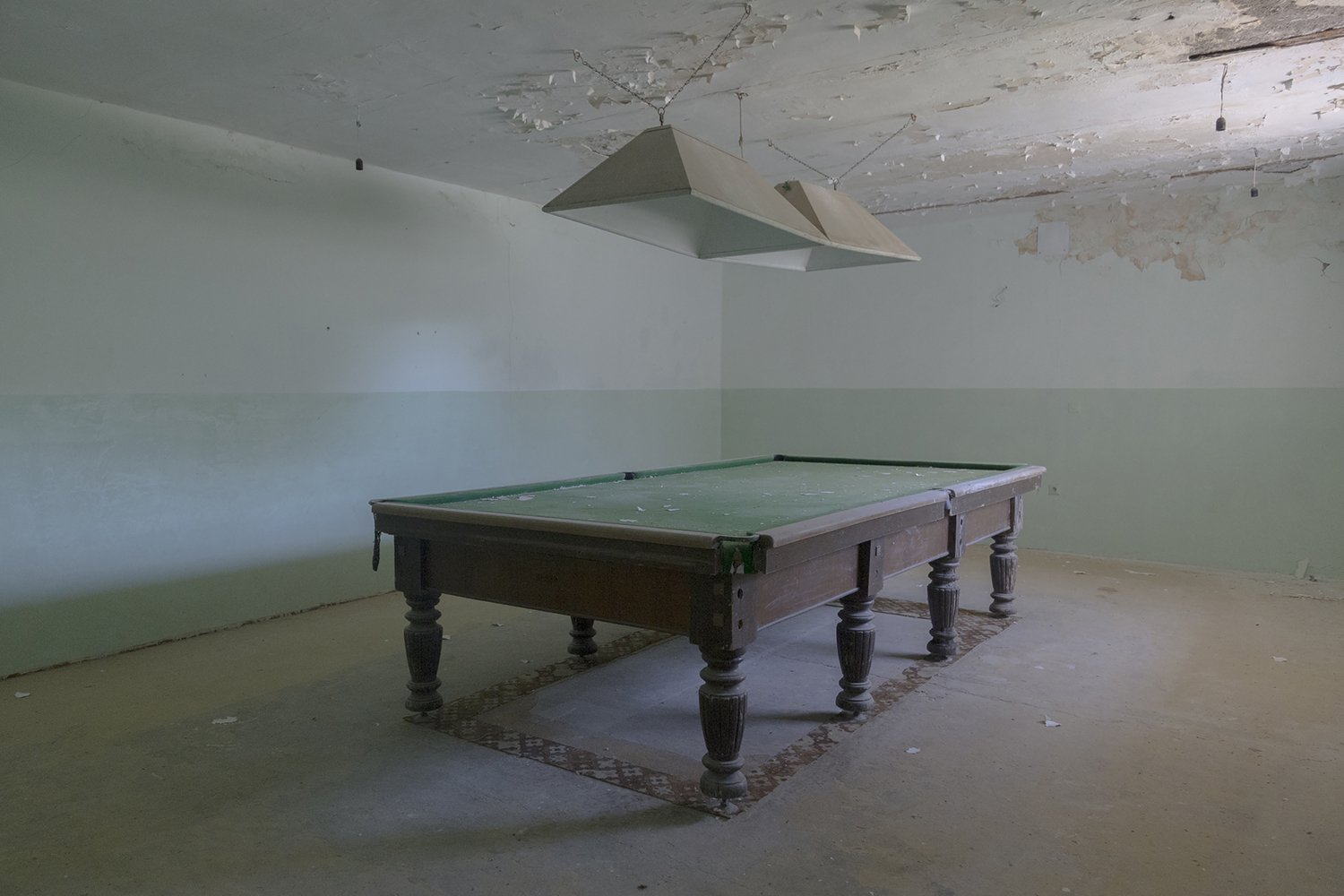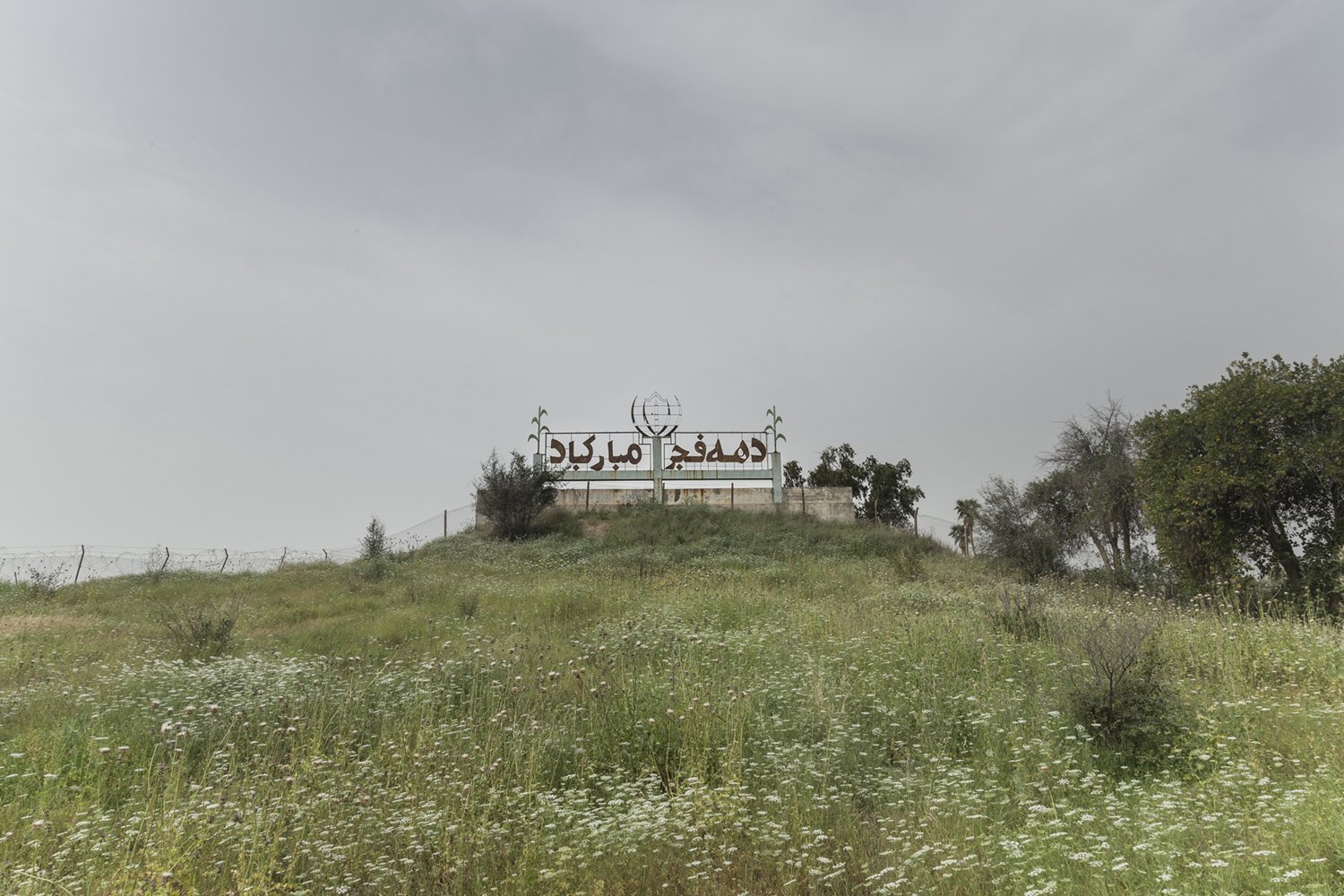In the most fertile part of the Khuzestan plain, in the distance between Dez and Karkheh rivers, there is a plain whose hills and vast sugarcane fields is the burial place of the remains of a great collection of Elamite civilisation and secrets. This civilisation has never recovered its former glory after the Assyrian invasion. This collection has over time transformed into hills scattered across the plains after being destroyed. A significant part of this plain has levelle during the Haft Tappeh Sugarcane Agro-Industry Co. Plan, and the remains of a huge city fell silent and unknown under the sugarcane fields. My sense of identity and belonging to Haft Tappeh stems from the bond that this region has with Shush, my place of birth. My return to this region coincided with the strike of a company's labourer which has become an integral part of this ancient region in the contemporary period. This company was established during the second Pahlavi period when Iran was going through the experience of modernity and lost its prosperity little by little after the Islamic revolution in 1978 and the following Iran-Iraq war until its strikes became one of the most important labour movements in Iran over the past two decades, this place is a small model of contemporary Iran, buildings buried under vegetation, remnants of appliances that have been tarnished or eliminated due to the standards of the new government, words on the wall that gives you propaganda information, brick pavements remaining from a buried city from the heyday of Iran. There are many inevitable similarities between the past and present in a region that hides many layers of Iranian history under labourers' houses and sugarcane fields. The human-free space in the photographs was the first measure taken towards my further freedom of action in the face of a controlled pathway filled with tension. I have returned as an alien to better understand the convergence of periods of history and the place where I once lived.

